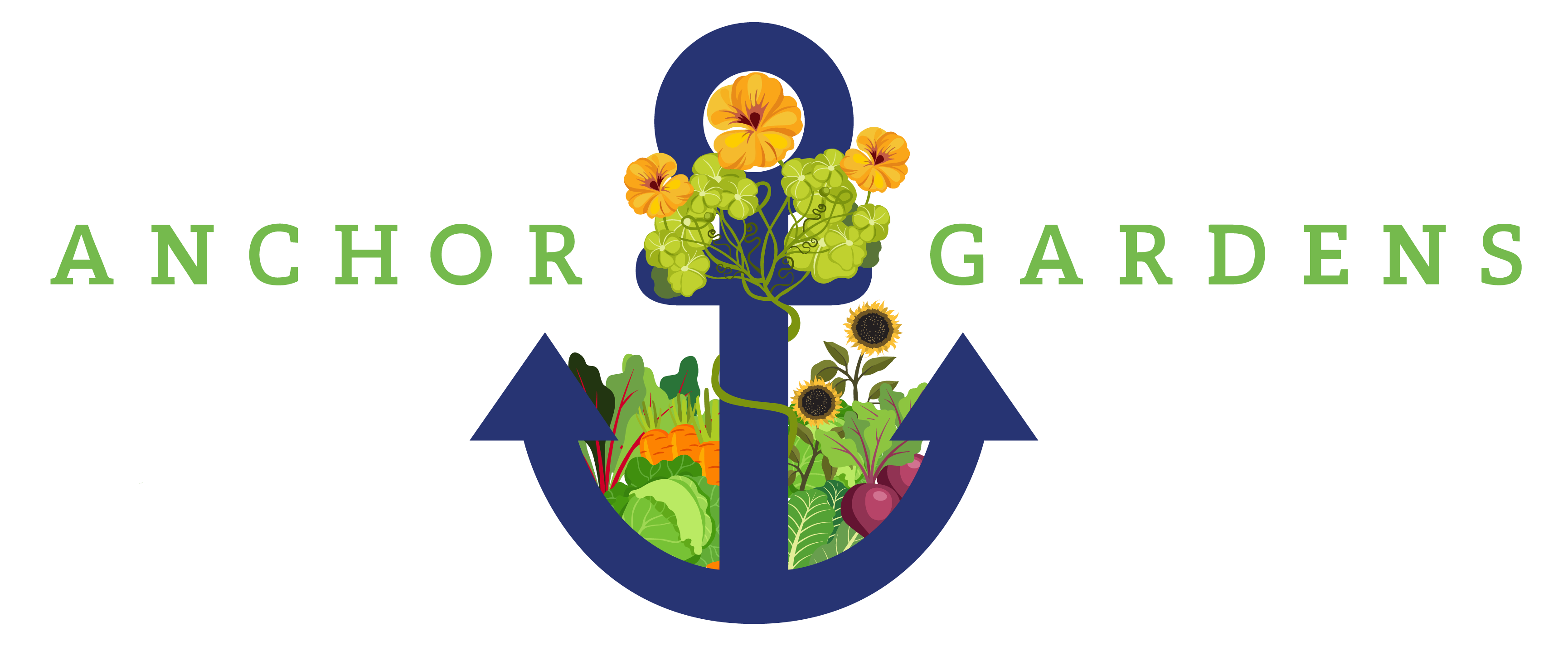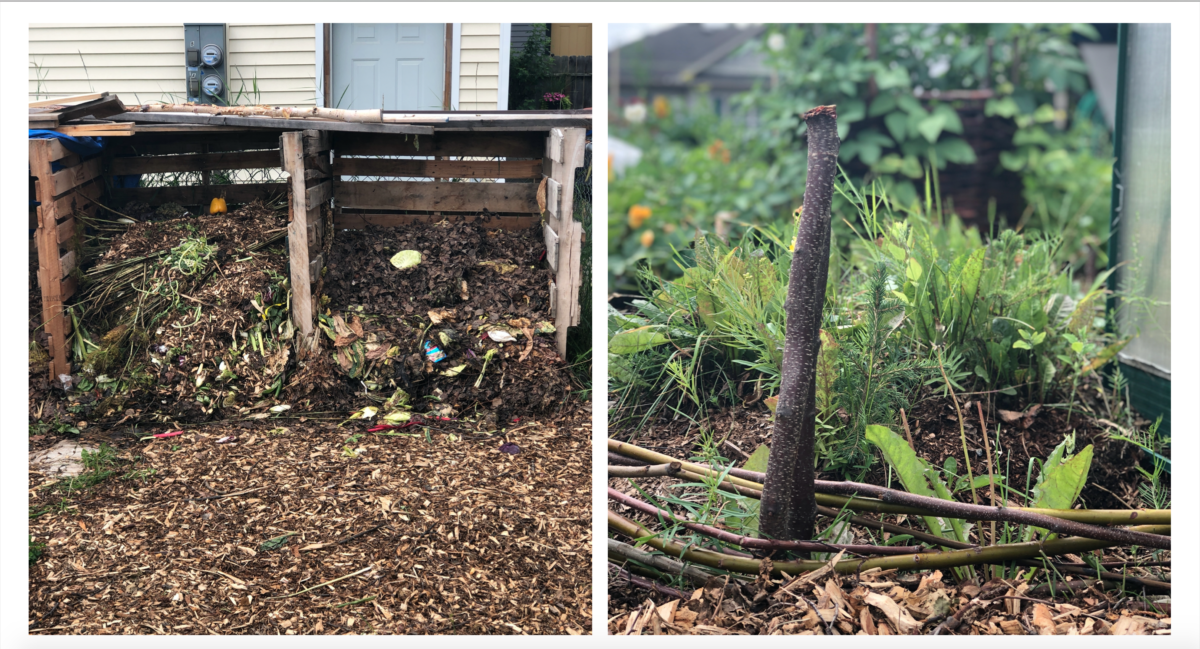When you join Anchor Gardens, you will be asked to complete a short survey and contribute to a network map by identifying existing connections within the group. This is voluntary and data will not be shared beyond the group. We are attempting to sketch out connections and relationships so that we can see where our strengths lie and also see where and how best to channel resources today and tomorrow.
The run on grocery staples in Anchorage in March and April of 2020 was a blunt reminder that Alaska is at the end of a long supply chain. For some who grew up in Alaska before the pipeline, it felt like a return to the pre-pipeline days. For many others, the small inconvenience of not having flour or yeast for a few months actually shocked us into believing we should do something. It would be a shame not to harness this long overdue momentum around improving local food security to build durable change. One way we are doing this is through a dynamic network map. We hope you will contribute and welcome additional collaborations and improvements.

Permaculture Designers are trained to think in Systems; to ask how can we improve the system; to ponder where are the system’s shortcomings. Most designers start with FOOD: growing your food close to home just strengthens your system. If you add chickens or goats, it strengthens your system more. If you learn to build your own house out of materials only from Alaska, your system is really secure. And most importantly, if you build a strong community with people you trust, you can survive. Permaculture Designers have tried going it alone in the Alaskan wilds. They have come back to report that they can’t do it alone. It needs to be done together, destroying the myth of Alaskan Rugged Individualism. We have a strong network so we can call on people we know to teach us the next thing, or to share bounty with. That network became visible in Anchorage this spring with the arrival of the pandemic and launching of this Anchor Gardens project. It is now spreading farther and becoming more diverse and resilient by the day.
We want to keep this network visible, especially as it does continue to grow and diversify. We want to see how interconnected and interdependent we are, because that brings strength to us. We want to honor local businesses, because it brings strength to us. We want to share our bounty, because it brings strength to us. We want to care for people who have lost jobs or homes, because it brings strength to us. Who knows what outcomes will come from this, but we are bound by our strength. We need to embrace what emerges so that we can learn our way into the future—TOGETHER.
We wonder, what would happen if there were a directory of anyone in the municipality wanting to help Anchorage become more food secure? What would happen if anyone in the network, could look up who in town is willing to share goat poop? Or seedlings, or labor, or mulch? What would happen to Anchorage’s food security?
“The most successful networks and movements are defined not by their strategies for action, but by a common purpose informed by shared values and principles.” – Lindley Mease & David Ehrlichman
Please join our network and add your strength to ours.

